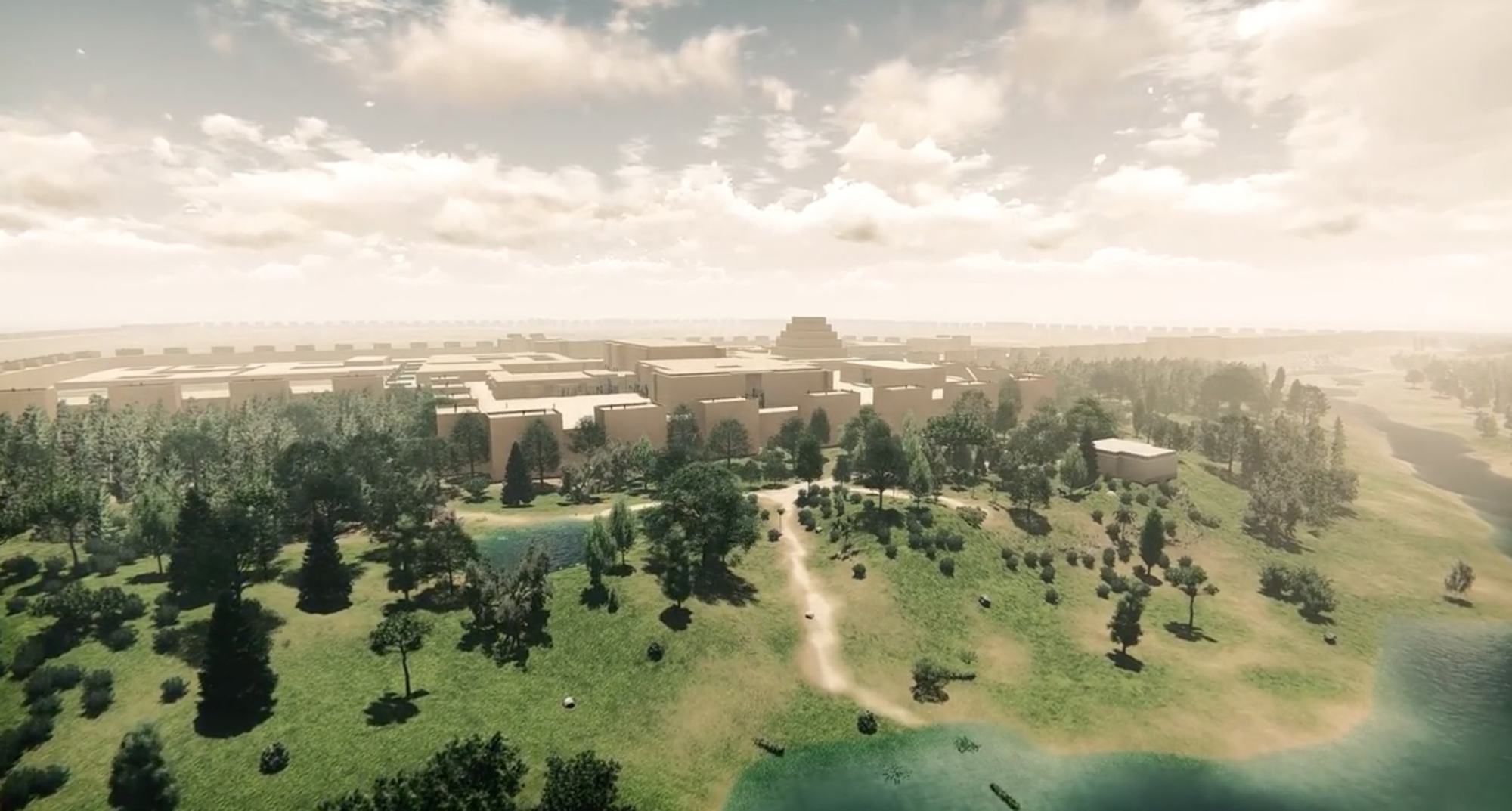
- Home
- Explore the site
- A new city
To distance himself from his predecessors, King Sargon, after acceding to the throne, decided to leave Ashur and build a new capital. In 717 BCE. he founded a new city where he constructed a vast palace and called it Dur-Sharrukin - "Sargon's fortress". This was not the first time a new city had been built in the Near East, where several had already been founded ex nihilo and bore the name of their founder, including around the 15th century BCE, the Kassite city of Dur-Kurigalzu and in the late 13th century BCE the Middle-Assyrian city of Kar-Tukulti-Ninurta.
Expropriations in due form
The area chosen to build Dur-Sharrukin was already occupied by the village of Maganubba. Although Sargon made a series of expropriations, in accordance with his role as sovereign he paid the aggrieved inhabitants a fair price for their land:
"(...) I reimbursed their owners the price of the fields of this city in silver and bronze as stipulated in the purchase tablets and in order to avoid evil, to those who did not want the price of their field, I gave field for field where they wanted it.”
(translation S. Lackenbacher, 1990)
A city built under the best auspices
Building an entirely new city gave Sargon complete freedom. Nothing was left to chance - not even the timing of the construction works, which began on a religiously auspicious date. He designed the capital in his own image, and its proportions were based on symbolism derived from his own person:
”I built the circumference of the city wall, 16,283 cubits, the number of my name.”
(translation S. Lackenbacher, 1990)
He did not explain the relationship between this number and his name.



